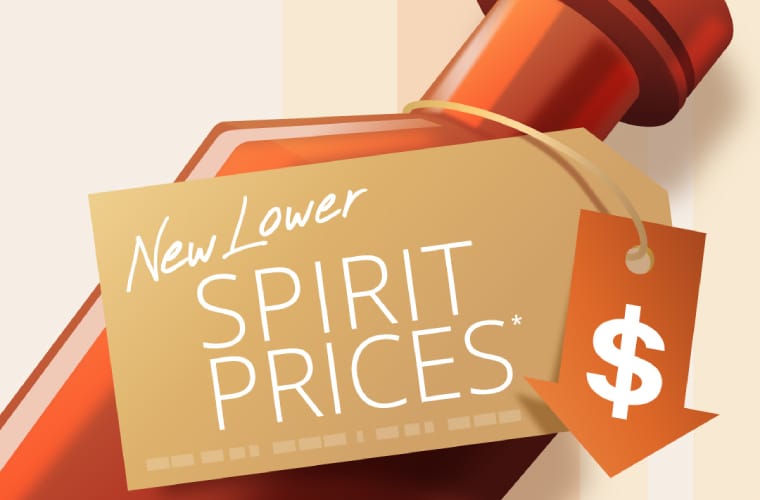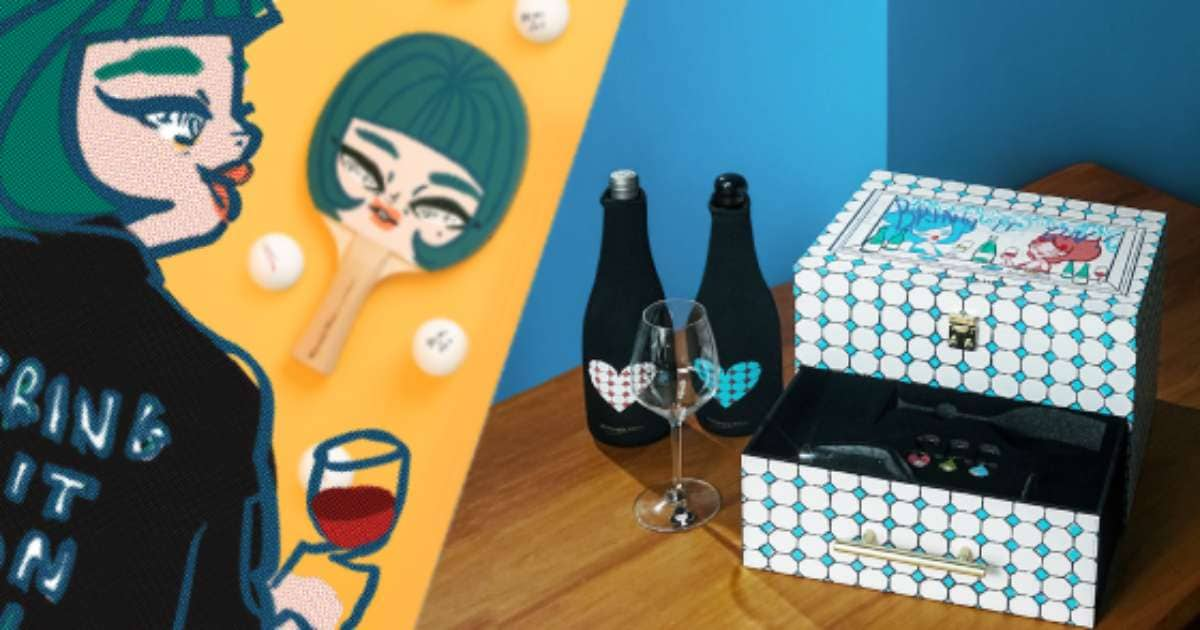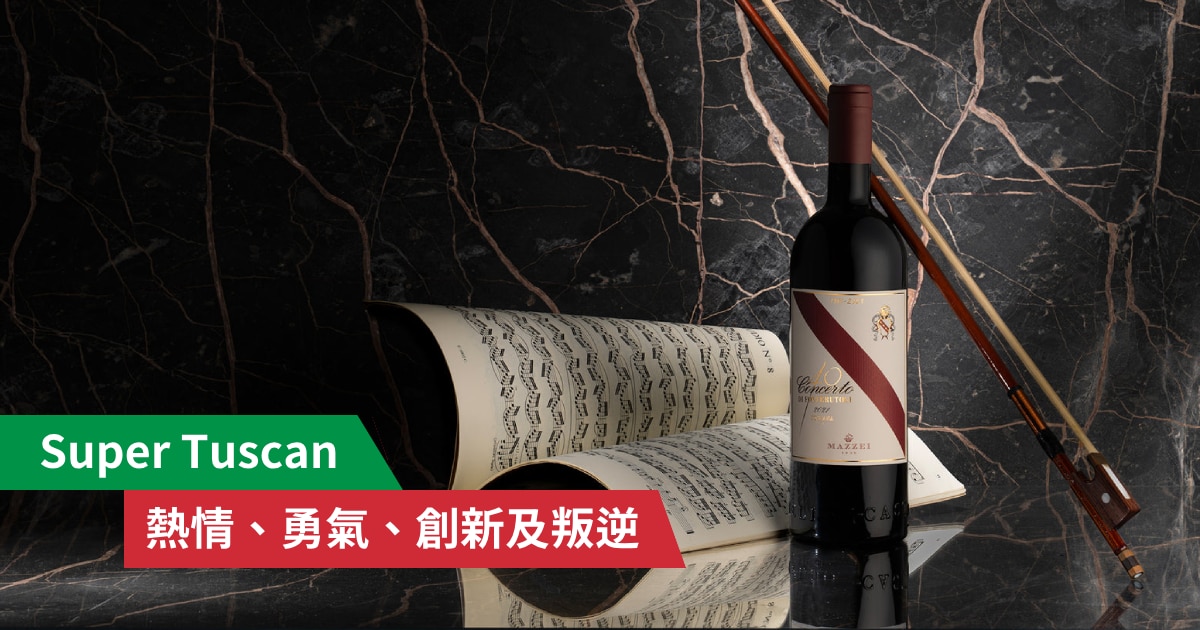Old World wines are known for their long history and adherence to traditions. These traditions are the collective wisdom of years of trial-and-error processes, which have allowed later winemakers to create wines that are a perfect expression of terroir and varieties. Let’s explore some of the signature wines of Old World regions now!
Bordeaux – Cabernet Sauvignon & Merlot Blends (Bordeaux Blend)
Who doesn’t like Bordeaux? Hardly will you find any wine lover who doesn’t. Bordeaux is the largest appellation in France in terms of both volume and value and also home to many of the most prestigious names in fine wine, such as Lafite-Rothschild, Latour and more! Its red wines are particularly sought after, accounting for over 90% of its total wine production. The best examples possess the complexity and ageing potential that every winemaker in the world can only dream of.
Bordeaux can be divided into 2 main areas: the Left Bank and the Right Bank. They differ significantly in climate, soil, blends, and wine style. The former mainly produces Cabernet-dominant wines that are often more structured and display black fruit flavours while the latter produces Merlot-dominant wines that are generally softer in style and show more red fruits. The main regions of the Left Bank include the districts of Medoc and Graves, while the Right Bank includes Saint-Emilion and Pomerol.
Bordeaux is blessed with a diverse range of grape varieties with distinct characteristics, but it takes real savoir-faire of blending to express the energy, elegance, and power of the Bordeaux terroirs.
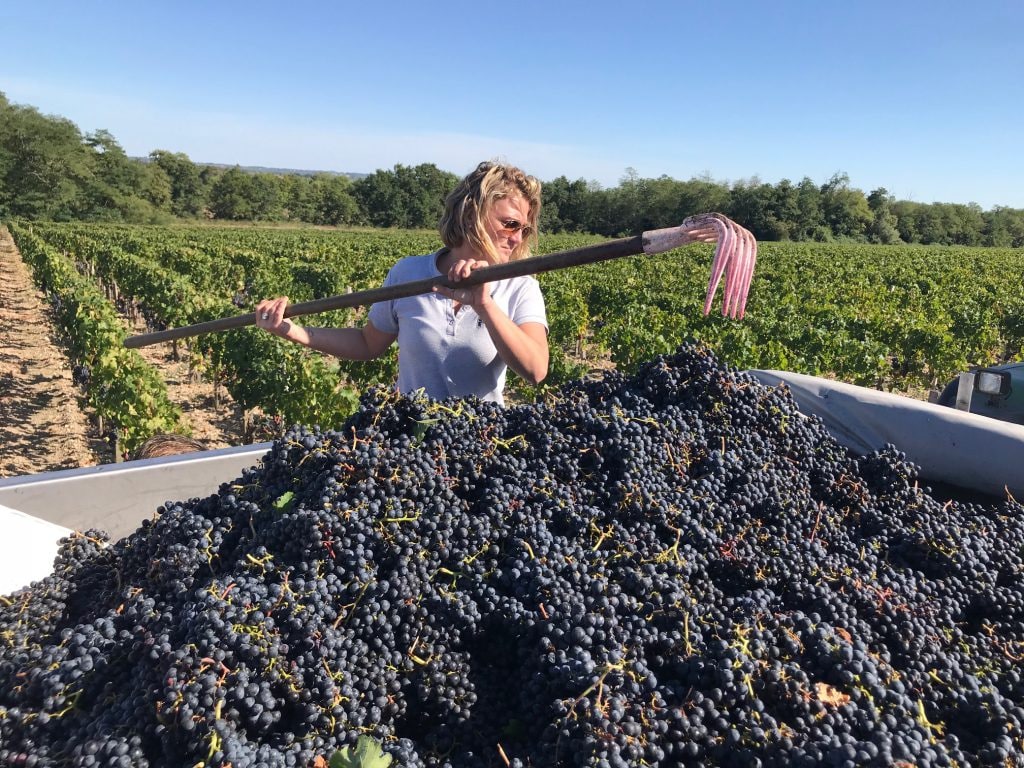
Bordeaux’s winemaking is often said to be terroir-driven, showing a great sense of place. Apart from the difference of Left and Right Banks, there are over 50 smaller appellations, each with different terroir and may contribute to very distinct wine styles. We may pick wines based on the regions. Yet, for Bordeaux wines, people tend to remember the wines and their styles by Chateau, partly thanks to the region’s well-known The 1855 classification of Bordeaux wines. It divided the top-quality Chateaux of Medoc (and Haut-Brion from Graves) into five categories, from First Growth to Fifth Growth. The rare and super-premium First Growth category contains only 5 wineries. Until now it’s a good reference for wine lovers when picking wine.
Burgundy – Pinot Noir & Chardonnay
A vast number of producers and appellations may make Burgundy a bit hard to understand, but as a start, we may only need to know this highly regarded wine region in France is the home to some of the best Pinot Noir and Chardonnay in the world. It’s also widely recognized as the benchmark of quality and winemaking for these varieties. With the perfect terroir for the varieties to express their characters, the resulting wines are exceptionally elegant, aromatic, and complex.
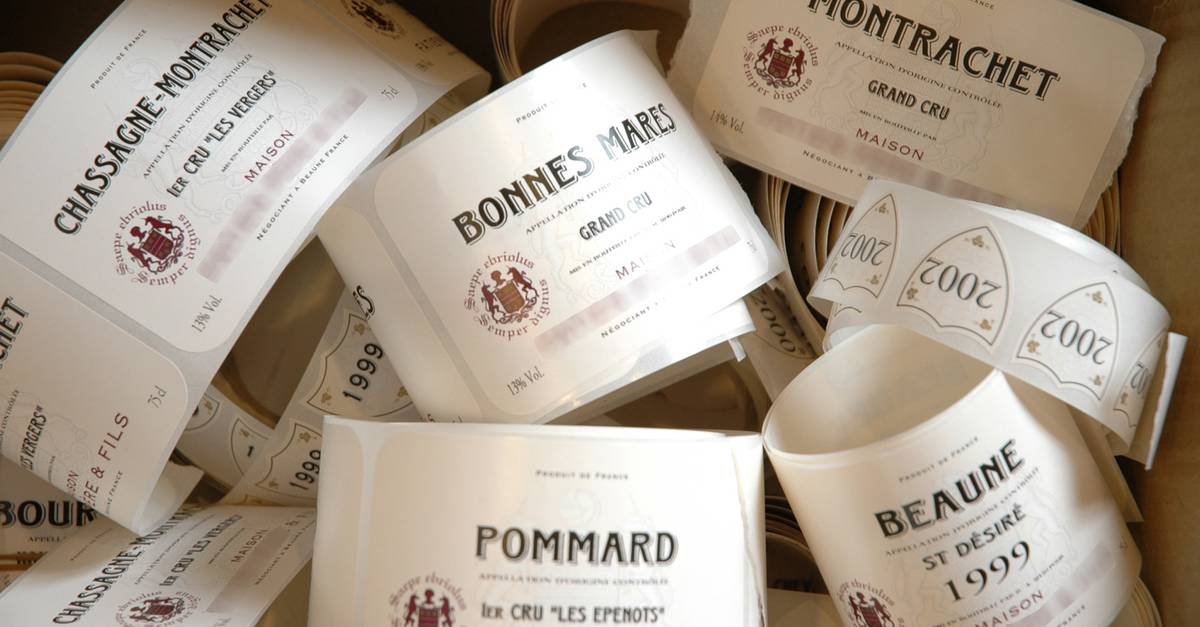
Burgundy has 5 primary wine growing areas, which are Chablis, Côte de Nuits, Côte de Beaune, Côte Chalonnaise and Mâconnais. They spread across a wide area and climate ranges, all famous for different wine styles. For beginners to find Burgundian wine that suits their needs, they can learn about their classification. Among the wine growing areas in Burgundy, they are divided into 4 levels of quality: Region, Village, Premier Cru, and Grand Cru. The quality (and price) usually goes up along the hierarchy.
- Regional wines are the most generic and can be made from grapes from anywhere in Burgundy, usually characterized by being fresh, light and more affordable.
- The next level is Village Wines, which can be made from grapes sourced for a certain commune, such as the commonly seen Gevrey-Chambertin, Chambolle-Musigny and Meursault. In this level, the wine usually has more complexity and expresses more its “village” characters. For example, if you like a more feminine style, you may seek Chambolle-Musigny.
- Above the village appellations are the Premier Cru and Grand Cru sites – vineyards that consistently produce high-quality wines. The specific areas of a village are named Premier Cru or even Grand Cru might be because of their soil, aspect, or other reasons that make their wines particularly good. Across Burgundy, there are over 600 Premier Cru, offering marvelous yet affordable wine. As for Grand Cru, there are only 33, including the big names Romanée Conti, La Tâche, etc. The Grand Cru wine’s complexity, power, and ageing potential made them the pinnacle of any Pinot Noir and Chardonnay one can find in the wine universe.
Champagne – Sparkling
Next is one of my personal favourites – Champagne! Champagne is one of the oldest and grandest regions in France, producing sparkling wine (also called Champagne) with fine quality. Among all the upcoming sparkling wines around the world with competitive quality, Champagne remains the most prestigious one and is treated in the greatest detail. Sparkling wine can only be named a Champagne if it fulfills a list of strict requirements – for example, it has to come from the Champagne region of France and made primarily with Chardonnay, Pinot Noir, and Pinot Meunier using the traditional method (second fermentation in the bottle). So, strictly speaking, there is no such “Champagne” made outside France. Champagne can always put a smile on people’s faces as it has been associated with celebratory and specials occasions. In recent years, it’s also enjoyed with more regularity.
When picking a Champagne, we may first look into their brands, as Champagne Houses are usually proud of their own consistent house styles and will maintain them with different measures. For example, the vintage variation of Champagne is significant from year to year, producers will blend their wines and apply different winemaking techniques to achieve their house styles.
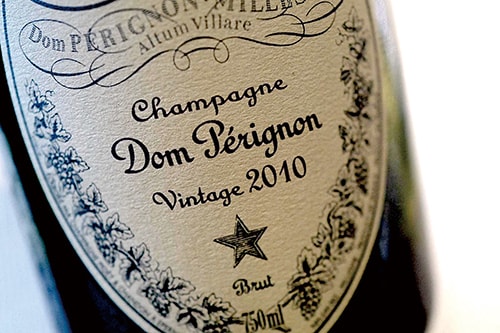
Champagne can also be classified into Non-Vintage Champagne and Vintage Champagne: the former is a blend of different vintages, which is usually lighter in body and with more fresh fruit flavours when compared to Vintage Champagne. It can show more complexity from the use of reserve wine of older vintage; the latter is made in the best years only, such as 2008, 2009, and 2012, and is often more concentrated, displaying more toasty and biscuity notes. Not to be missed is the Prestige Cuvee – made by the producers to represent the finest production in their range. They are made from the best parcels of grapes, showing exceptional complexity and elegance. Famous examples include Dom Pérignon and Cristal from Louis Roederer.
Spain – Tempranillo
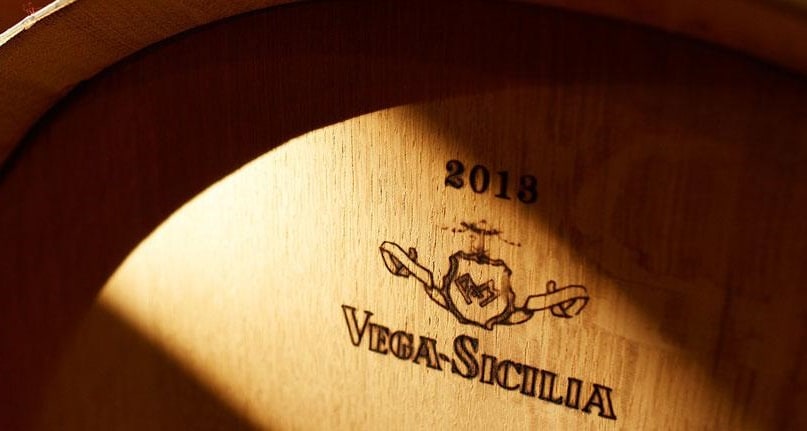
Apart from France, Spain is also an Old World wine-producing country worth our attention! With its abundance of over 400 native grape varieties, Tempranillo is one of Hong Kong people’s favourite. It has both a Cabernet Sauvignon-like structure and a Grenache-like fruity aroma, making it popular worldwide and an icon of Spain (87% of the world’s Tempranillo production is from Spain). Famous producing regions include Rioja and Ribera del Duero. Those from Rioja often have red fruit flavours and hints of sweet spice like cinnamon; while Ribera del Duero’s generally have a deeper, more intense style, with more prominent black fruit flavours and stronger tannins.
When young, Tempranillo can be very fresh and fruity, but when planted in the right place and in the right ways, with oak and age, the resulting wine will become more mellow and develop a complex and attractive aromatic and flavour profile that serious connoisseurs are craving. The world-renowned winery, Vega Sicilia, for example, has proved that Tempranillo can be made into a superb wine with the aging potential of decades. Tempranillo can also be made into a Joven wine (meaning “young” in Spanish) too, which is very refreshing and full of fresh strawberry flavour in style. It is not aged in oak barrels and perfect for being enjoyed young.
Portugal – Port
As the national wine of Portugal, sweet and complex Port is commonly enjoyed as a dessert wine, favourable to those with a sweet tooth but also can be enjoyed today as an aperitif. Port is a fortified wine that results from the addition of spirits such as brandy to stop the fermentation, leaving some of the natural sweetness from the residual sugars of the grape in the wine. Port is produced in the wine region of the Douro, Portugal. Only fortified wines made in Portugal are permitted to be labelled “Port” or “Porto”.
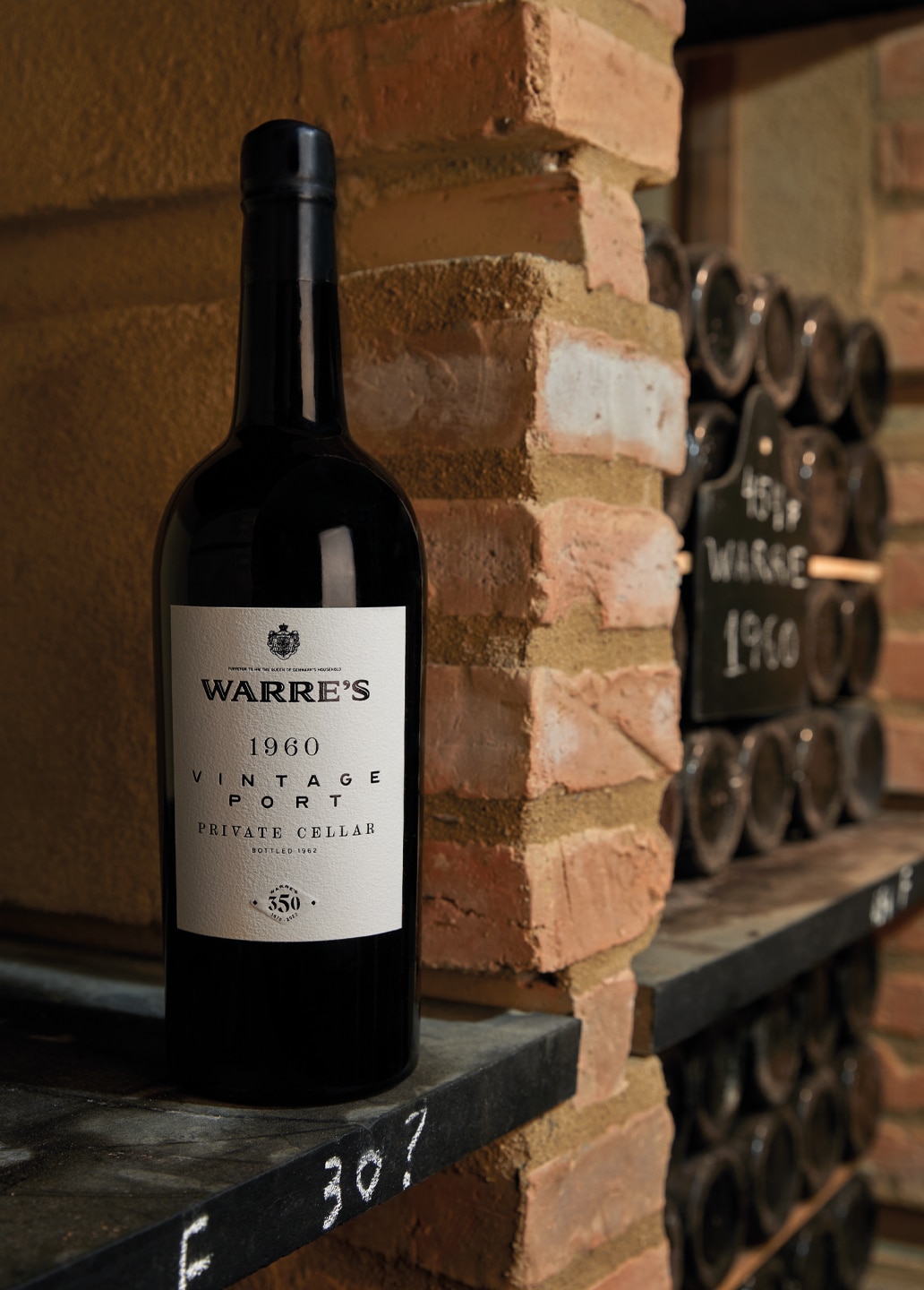
The most common types of Port are Ruby Port and Tawny Port. Ruby Port is a deeply coloured red Port, which often shows youthful and fruity character and has the most affordable price among all ports. It is made from a mixture of red grapes, which is usually aged in large oak casks for 1 to 3 years. Some of them are aged in concrete or stainless-steel casks to avoid oxidation and preserve their full-bodied fruitiness. Tawny Port is brown in colour. Those with an indication of age undergo a long period of oxidative maturation and are usually designated as 10, 20, 30, or 40 years old while Colheita is also one of the Tawny Ports. During the long aging process, there is gradual oxidation that mellow wine into an orange-brown colour. At the same time, its fresh fruity character will be transformed as a nutty and caramel complex flavour.
Want to Know more…?
For more Old World Icons from Italy, Germany and Hungary, read on for the Part 2 of our blog!



 Same Day Pick-up
Same Day Pick-up